9 Famous Thai Celebrities’ Cafes and Eateries in Thailand
A look at a list of Thai celebrities who own restaurants and ...
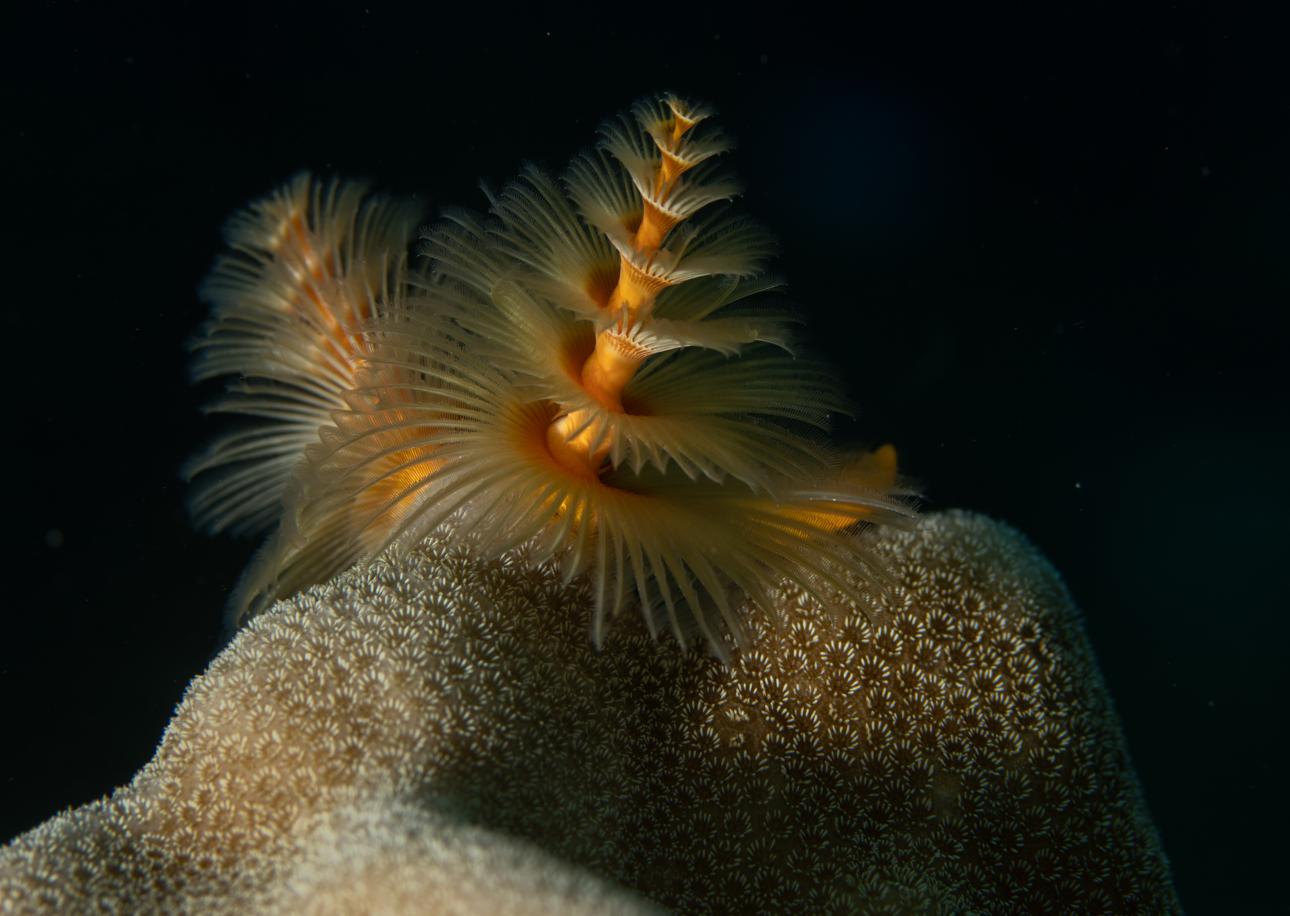
[This story originally appeared in Koktail Magazine Issue 4.]
Introduction by Nigel Oakins. Photos and story by Siri Udomritthiruj.
Siri Udomritthiruj has spent the last quarter of a century in publishing, running some of the most famous magazine brands in Thailand. Currently helming the market-leading Thai editions of Vogue and GQ, she spends her time between homes in Thailand and the US, where her four children reside, and in recent years has rekindled her love of scuba diving and photography.
Thailand boasts a number of world-class dive sites reachable in a few hours from the coast for a day expedition or, in some cases, requiring the use of a live-aboard to go further afield for three to four days. While most recreational divers look for bigger trophy fish to photograph, Siri has concentrated her energy on many of the smaller creatures that reside among the reefs.
The images on the following pages have all been captured by Siri within the past two years, annotated with her thoughts on diving in Thailand and the sea life contained therein.
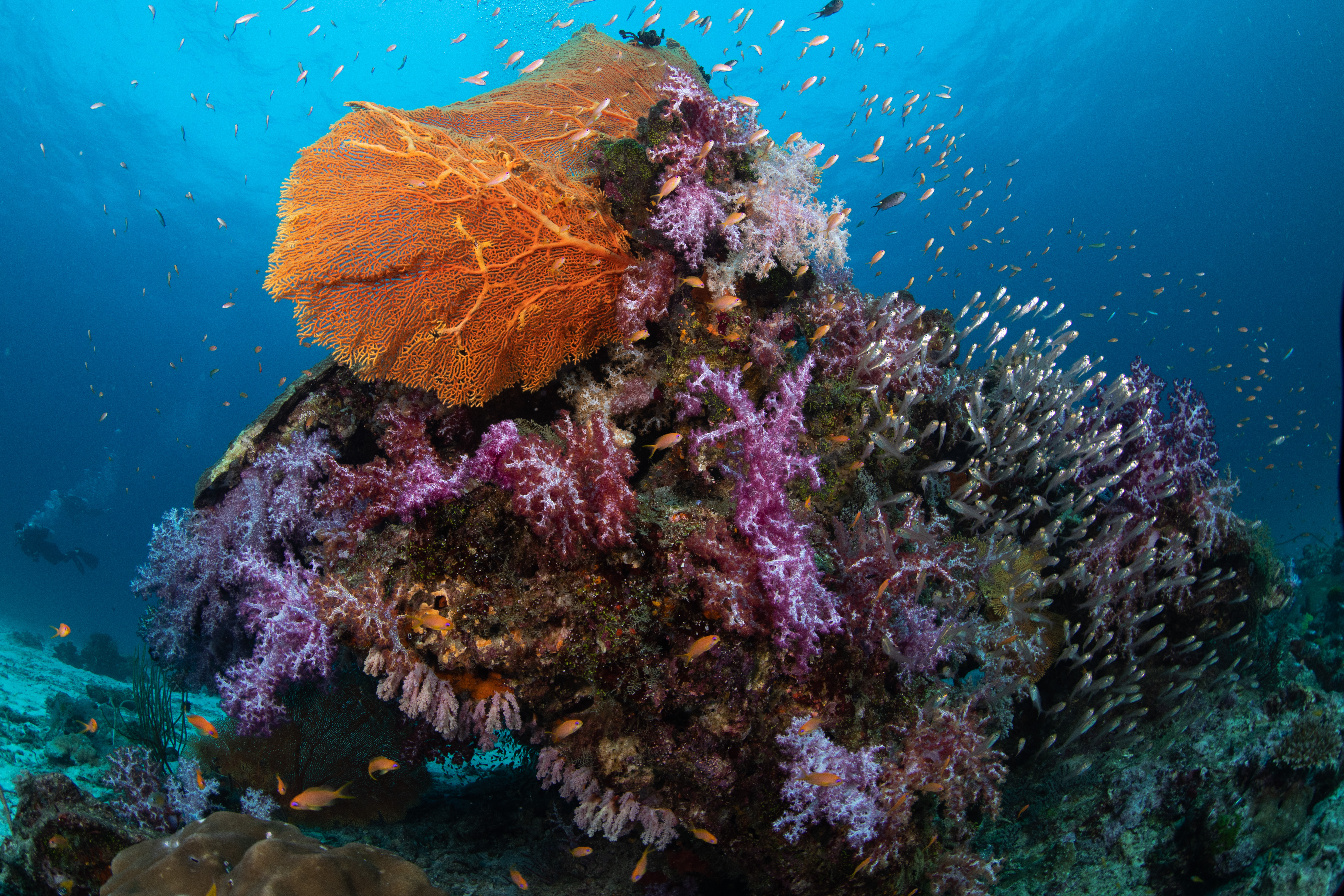
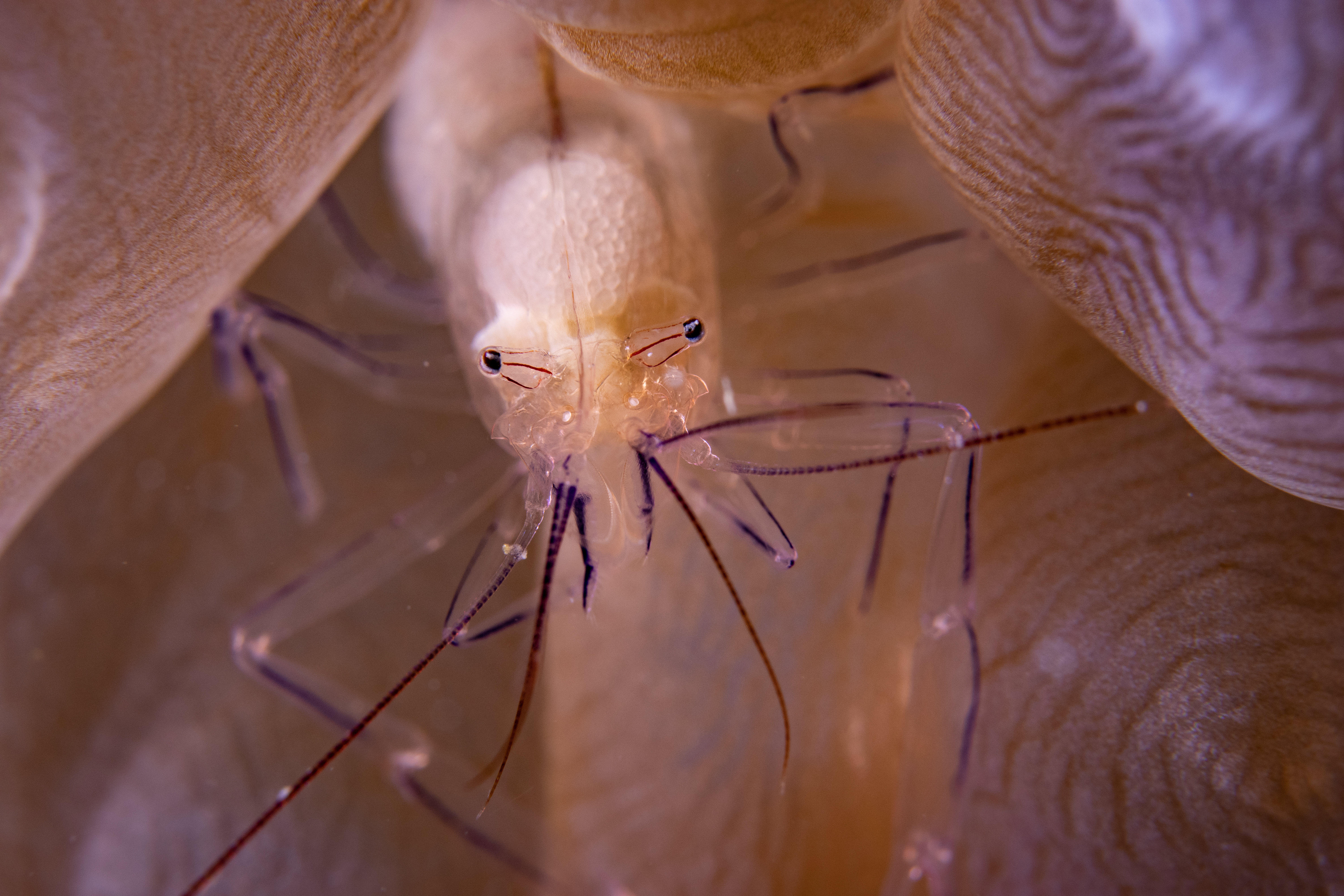
I first became fascinated with the underwater world in university in the early 1980s when I had the most inspirational biology teacher, Dr. Bill Johnson, who offered a marine ecology course at St. Croix Environmental Association. Part of the requirement was to get SCUBA certified, which I ended up doing in the US Virgin Islands. I was diving three to four times a day over the month-long course and just fell in love with everything underwater—the amazement of floating in the ocean, the silence away from normal life, and most of all, the feeling of being so small and the realisation that we are just tiny mites on this huge planet.
The empowerment coming from an all-women’s college led me to pursue my master’s in Marine Affairs. After I returned to Bangkok, I interviewed with the Department of Fisheries and was told that I had come on the wrong day because they were only taking male applicants who could work in the field. I insisted that I could too but was met with “no, come back in two days.” It was very upsetting, and I never did go back to apply. After several months, I began writing and freelanced with Thailand Tatler as well as contributed to the Bangkok Post. I had worked as a journalist for a short time between my bachelor’s and master’s degrees so it was quite a natural progression to go back to media. From there, I moved into public relations and marketing before coming back to pure media a good many years later.
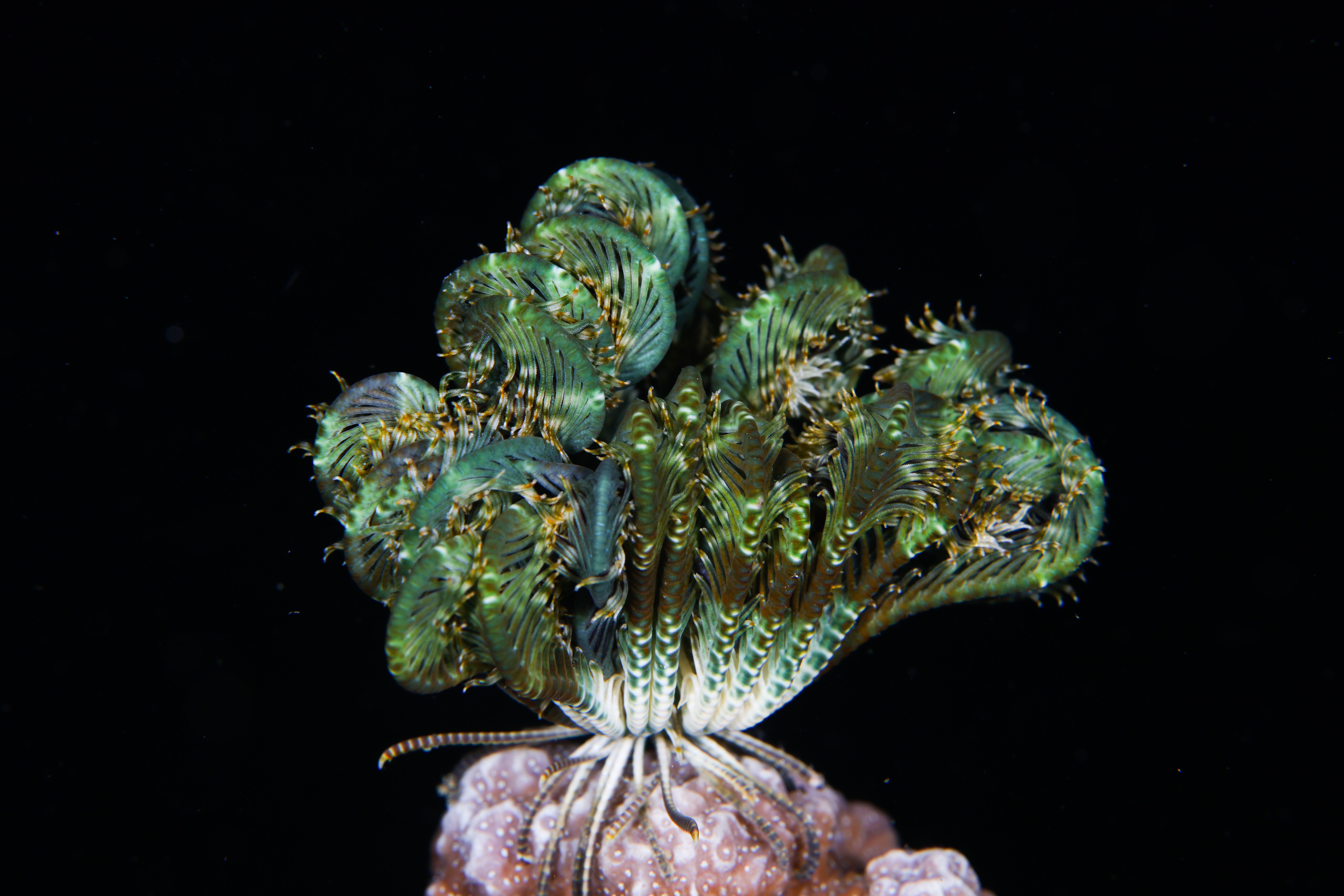
I dived locally in Thailand for a few years, qualifying for an advanced diving certification. Then more kids came along, my parents passed away, and work got more intense, so I had to put diving in the back seat. I actually have not had the chance to dive in as many locations as I would like to and only came back to diving full-time just before Covid hit. When I couldn’t go abroad, I came back to dive in Thai waters, and I have to say that we have many spots that rival any location in our neighbouring countries. The trouble is that the good sites tend to be overpopulated with divers, ruining the experience for all and probably not doing much for the dive sites either. Aside from Thailand, I do have so many favourite dive destinations around the region—Komodo Islands with its diverse sites, Lembeh with its unique black volcanic sand and variety of macro creatures, and Anilao in the Philippines for its equally diverse macro life.
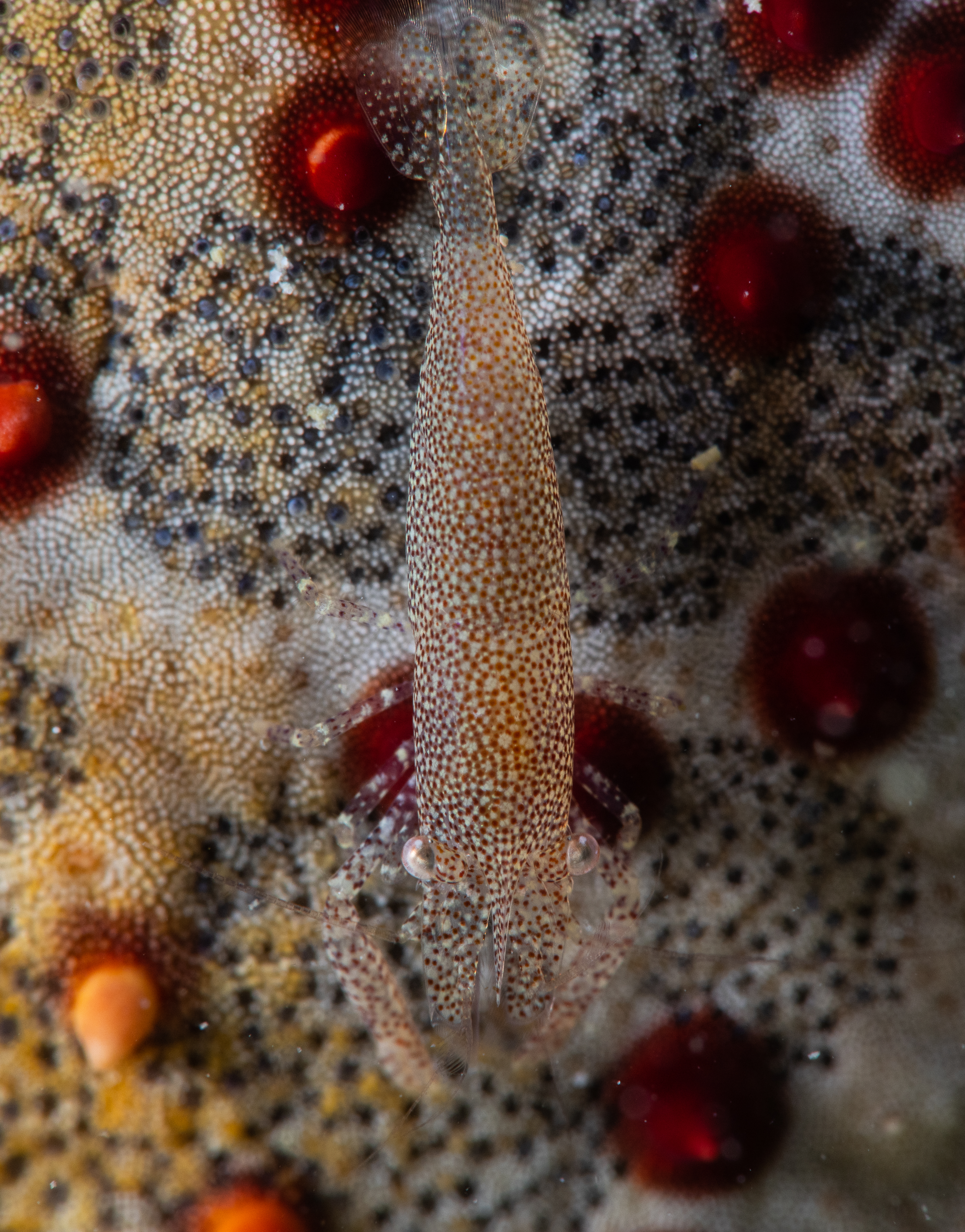
I am a self-taught photographer, but I have been very lucky to have been surrounded by many Thai photographers who have inspired me. I used to be land-based only and, for decades, wanted to photograph underwater, but it had seemed so daunting—the equipment, the technique, the costs. There were so many “ifs” and “should I’s”. I really just started with a very small camera in 2018 and have moved up very quickly to my current set-up with my Canon R5 and Nauticam housing.
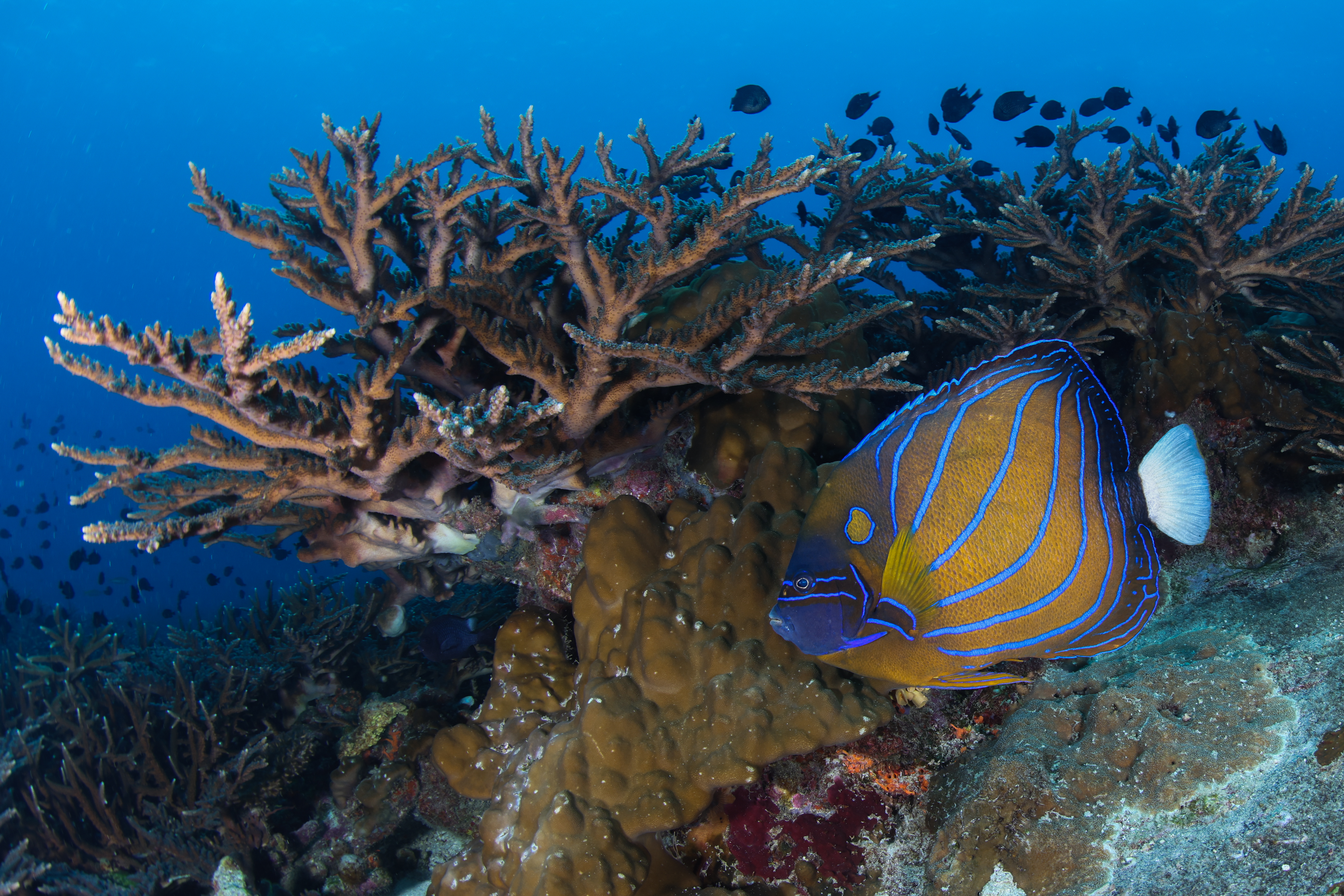
I admire many photographers, all Thai—Nat Sumanatemeya, Nu Parnupong, Tanakit Suwanyangyaun, and Chutinan Mora, to name a few. I was lucky enough to see their work, dive with them, and have them generously share their tips and knowledge in our many chats on boats and on land. I don’t try to emulate any of their styles because I think we should all have our own. I have photographed the same animal within minutes of Tanakit and cannot figure out how his photo is so much better in composition; we just see things differently. I always try to do better on my next dives. I did help them publish a book recently because they are all amazing humans and photographers.
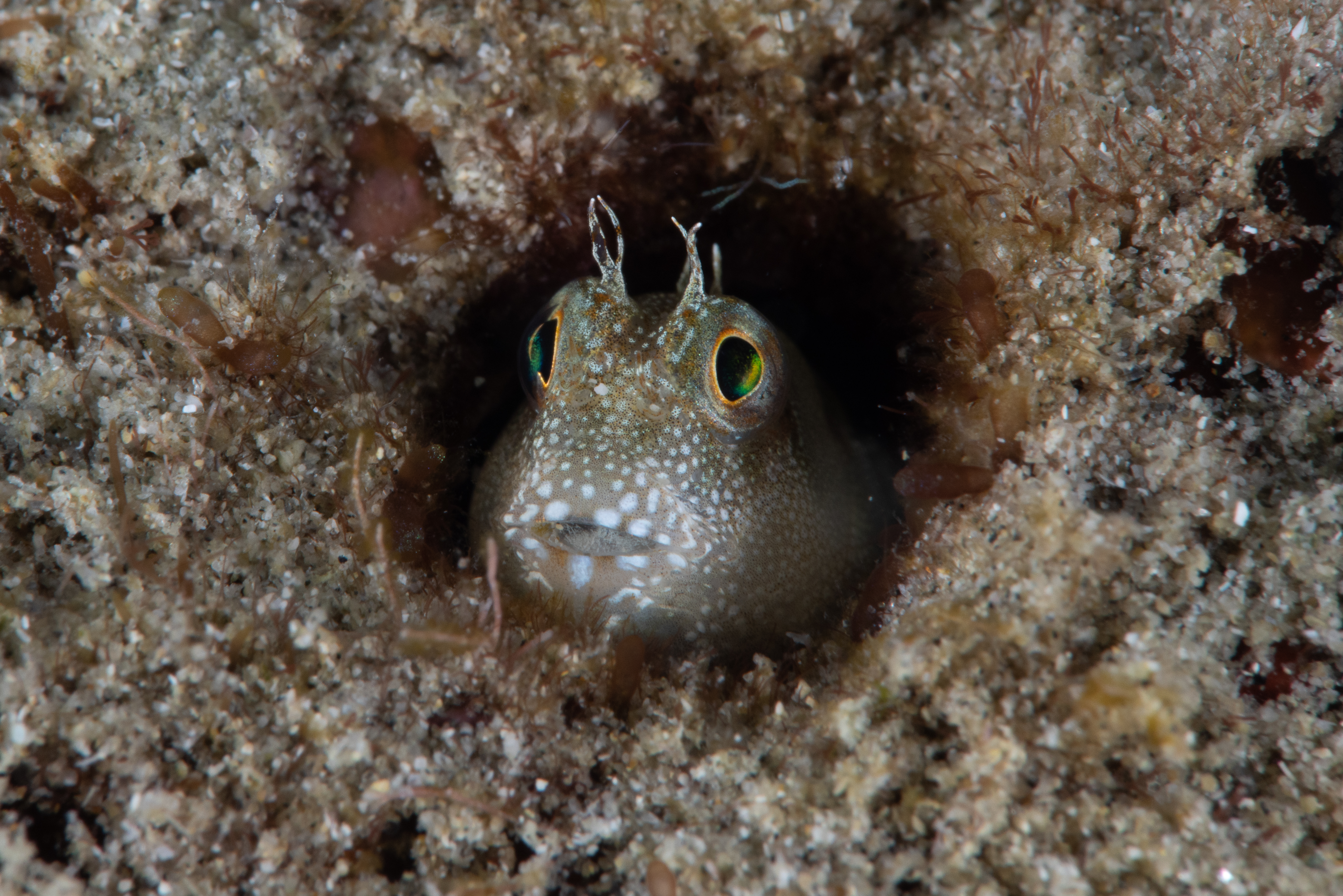
A species of eyelash blenny hiding in a hole in the rocks
The photos chosen here are of creatures that many people may just ignore. But I think everything underwater is beautiful, even the seemingly mundane, such as the Christmas tree worm or the basket star. I just thought they would make beautiful shots if I could set the camera to create the black background. There have been times that I have had to go back and research, especially for sea slugs such as the Micromelo, in the photos. I have never found anything undiscovered, though I have definitely found things that I had a hard time referencing, from a lack of sources or bad illustrations or photography.
As with any diver, I am always in awe when the whale sharks come by, but yes, I would rather be floating around a coral head or the sandy bottom looking for smaller creatures. I only photograph small creatures when I am with a like-minded group since we all are slow underwater and move at the same pace. For the saron shrimp, I circled the same rock head for 20 minutes, waiting for it to come out, just to get about five decent shots before it disappeared again.
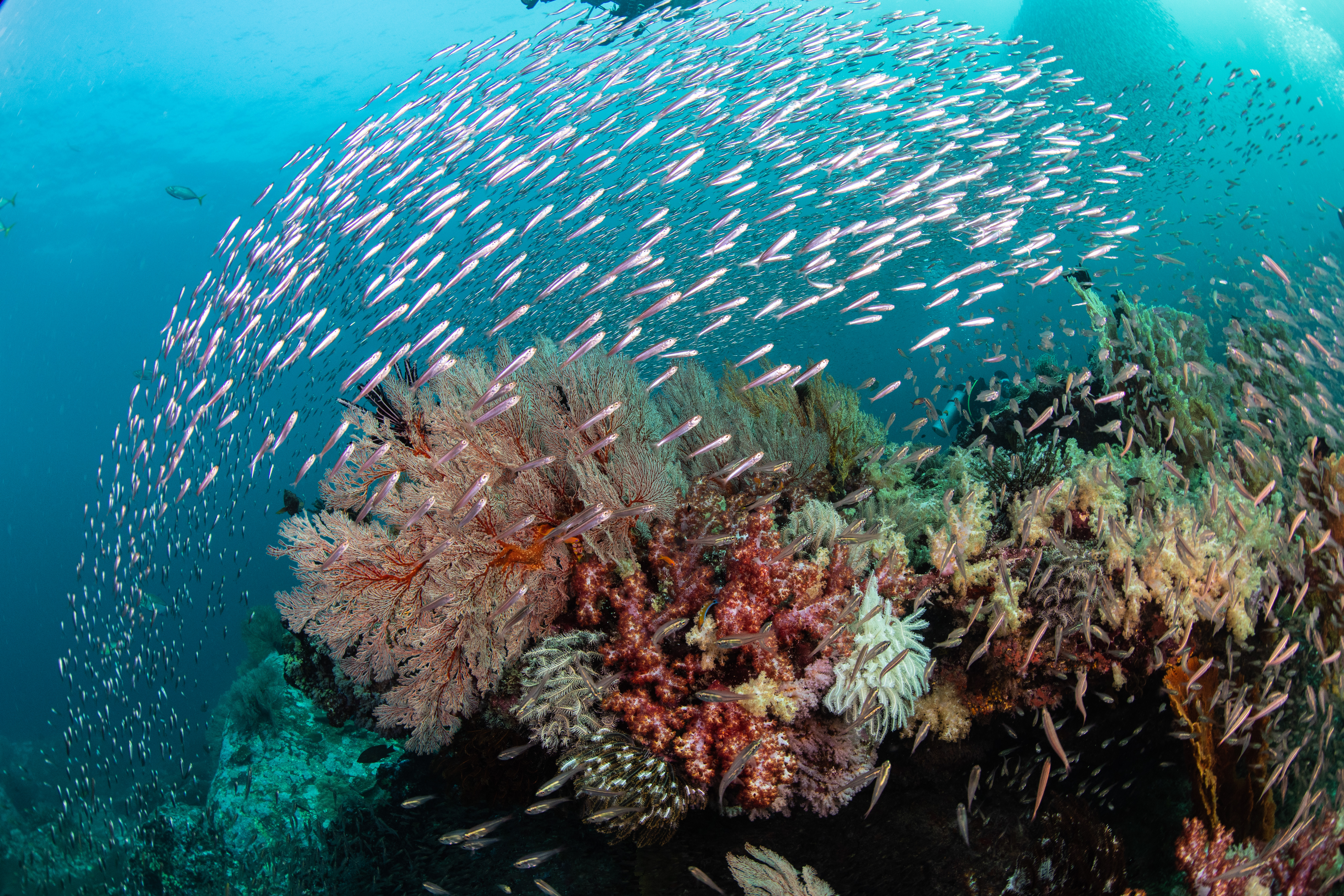
The most interesting diving experience for me was just after the seas opened in between Covid lockdowns. My husband and a friend and I went to dive Sail Rock in Koh Tao. The water was superbly clear with amazing visibility, and there were just three of us with the dive lead at the site. I could see for metres all around. I looked up from about 20 metres to see the surf hit the top of the rock pinnacle and just remember thinking how absolutely stunning the ocean is, even without any fish in sight.
The interest in scuba diving is definitely growing in the younger generation. Unfortunately, I think, it has become the “in” thing to do. I have not personally been able to help protect and preserve beyond conversations with the groups I travel with about how fragile our seas are. I choose to only support dive operators who are strict in their briefing on proper underwater etiquette, but I would like to do more. This is the main reason I helped produce the book The 8th Continent, mentioned earlier, because the six photographers were trying to communicate with readers who didn’t dive in a way that they could understand, equating the underwater world to features on land and showing the effects that humans could have, negative and positive, on life under the sea.
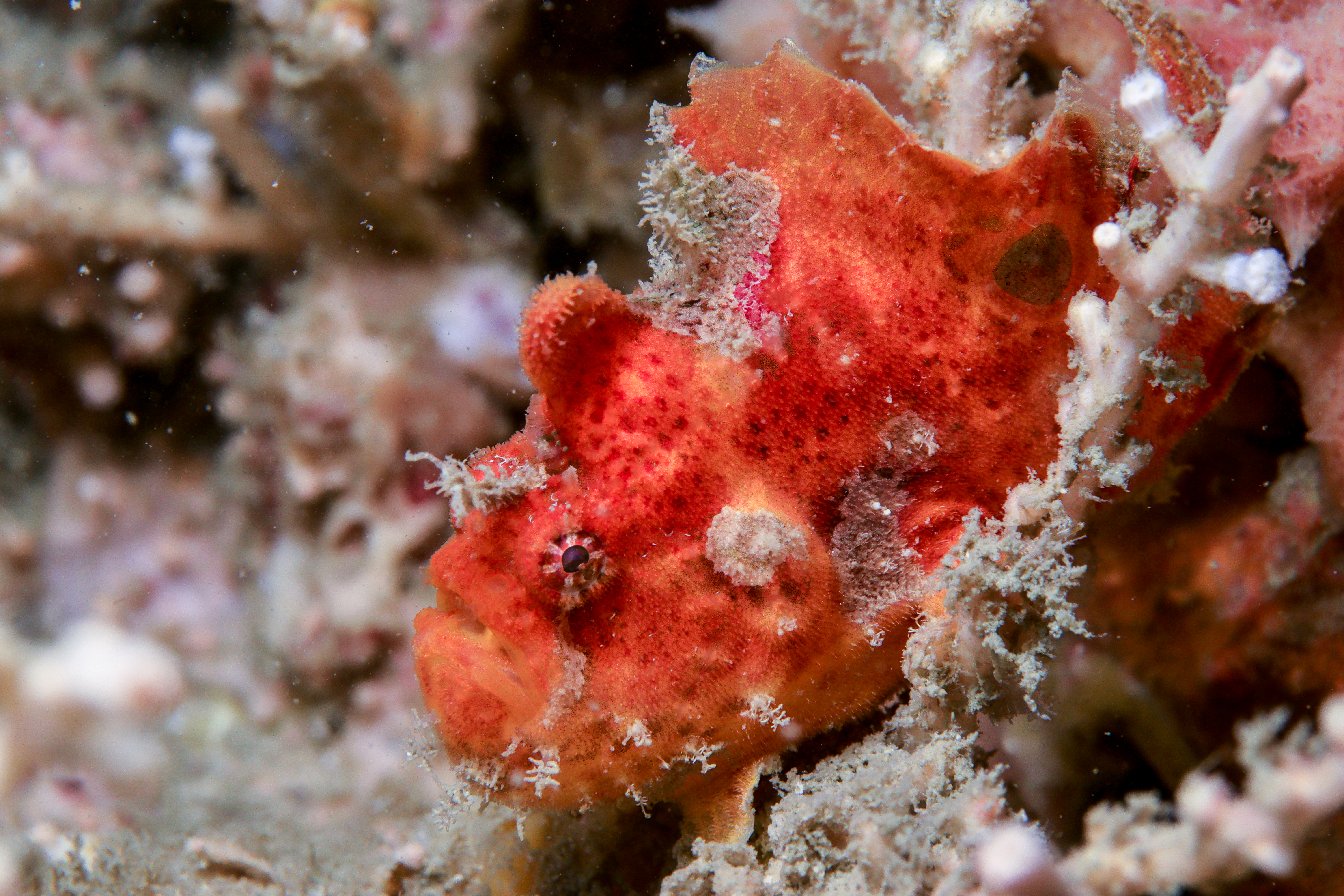
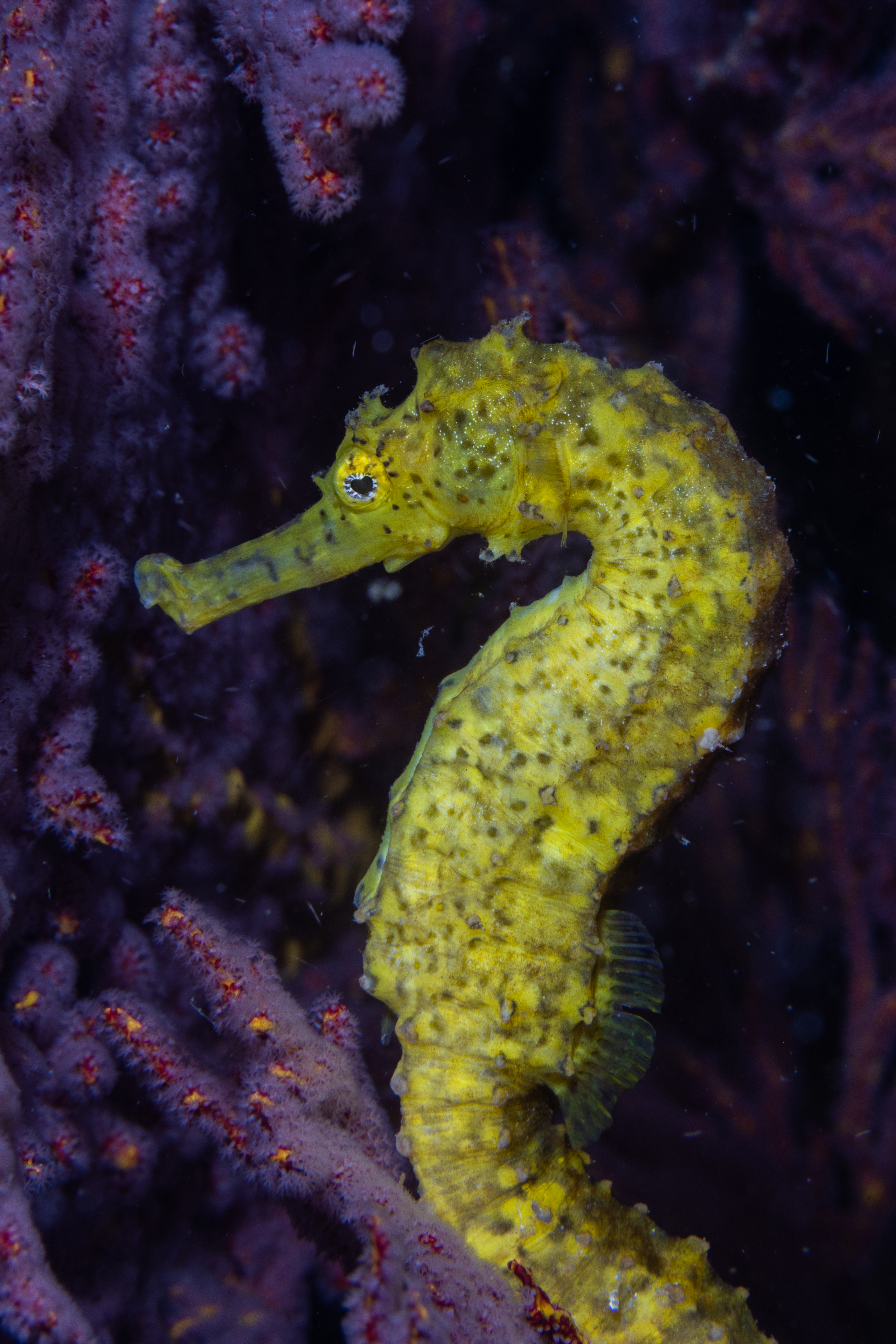
I think Thailand has great potential as a dive destination, but the government has to put more value on our resources. There needs to be better management in terms of access to dive sites, especially the popular ones. Possibilities that come to mind are limiting access per season or per day and better education on the ecosystem by dive instructors. We share our seas with commercial fishing fleets, ocean-going freight vessels, land-based polluters, aquaculture sites, and many others that may have more of a negative impact on our fragile environment than divers.
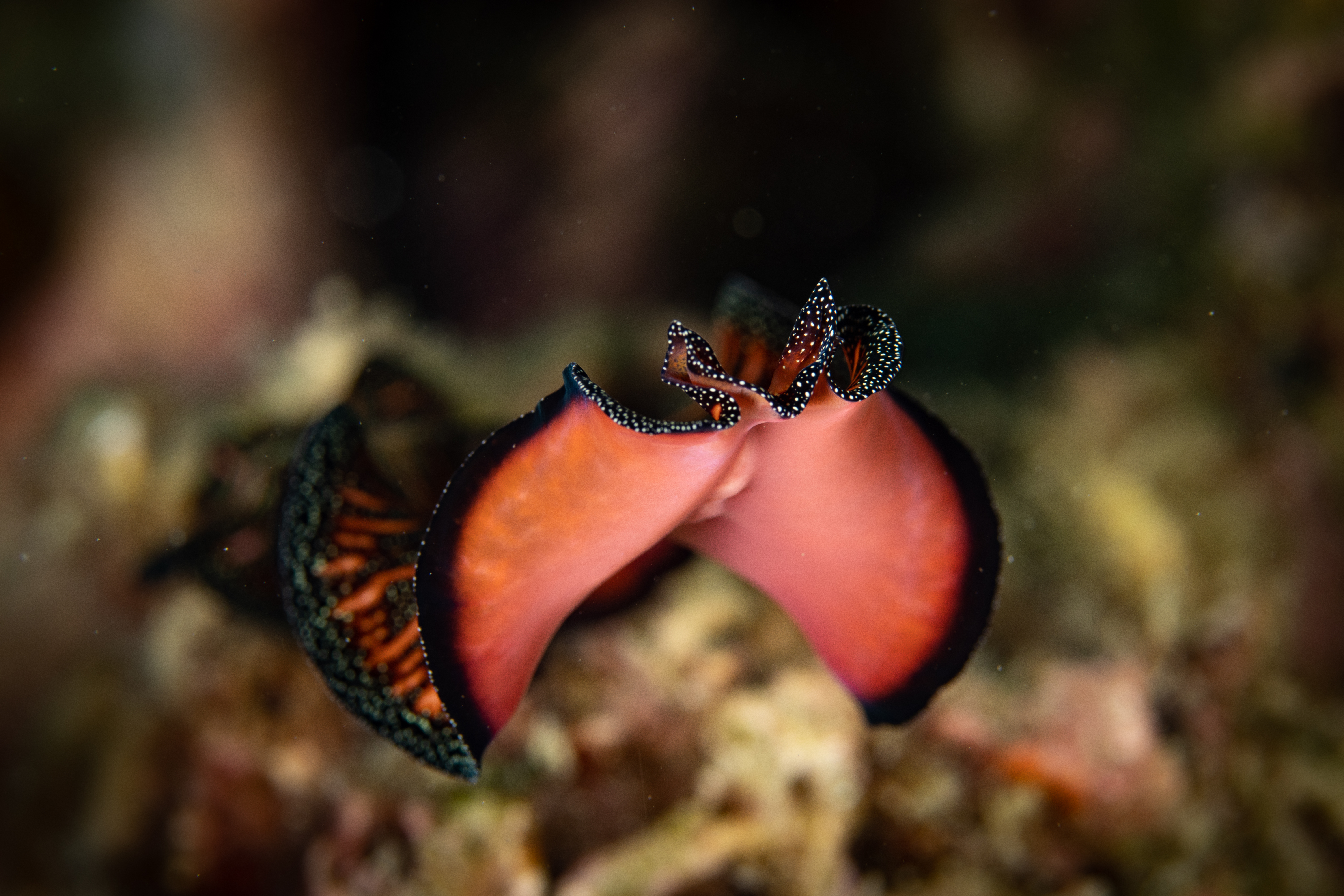
What is next for me? More underwater photography! I recently discovered the absolute awesomeness of blackwater night diving in the Philippines, and I now intend to jump into as many pitch-dark waters as I can, to wait for the weirdest creatures to float by during their nightly vertical migration.
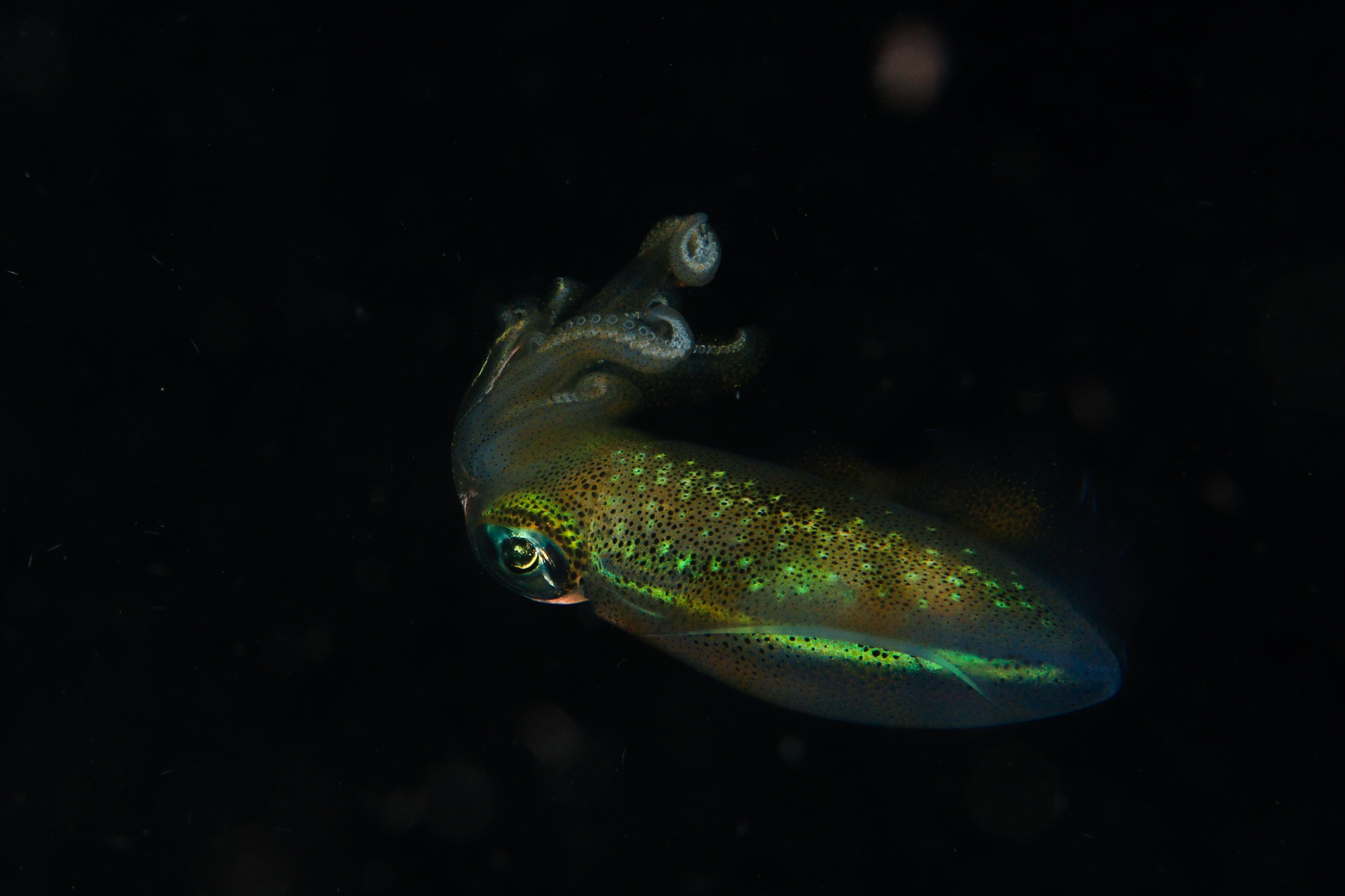
A look at a list of Thai celebrities who own restaurants and ...
These top 5 barber shops in Bangkok are where gentlemen can elevate ...
Saturdays are already made for Salmon, now there's even more reason to ...
A detailed guide to hiking the Naga Cave, combining physical challenges with ...
While traditional TV shows are serving us endless boy-meets-girl tales. Thailand has ...
Sailorr and Molly Santana’s black grills fuse hip-hop swagger with homage to ...
Wee use cookies to deliver your best experience on our website. By using our website, you consent to our cookies in accordance with our cookies policy and privacy policy